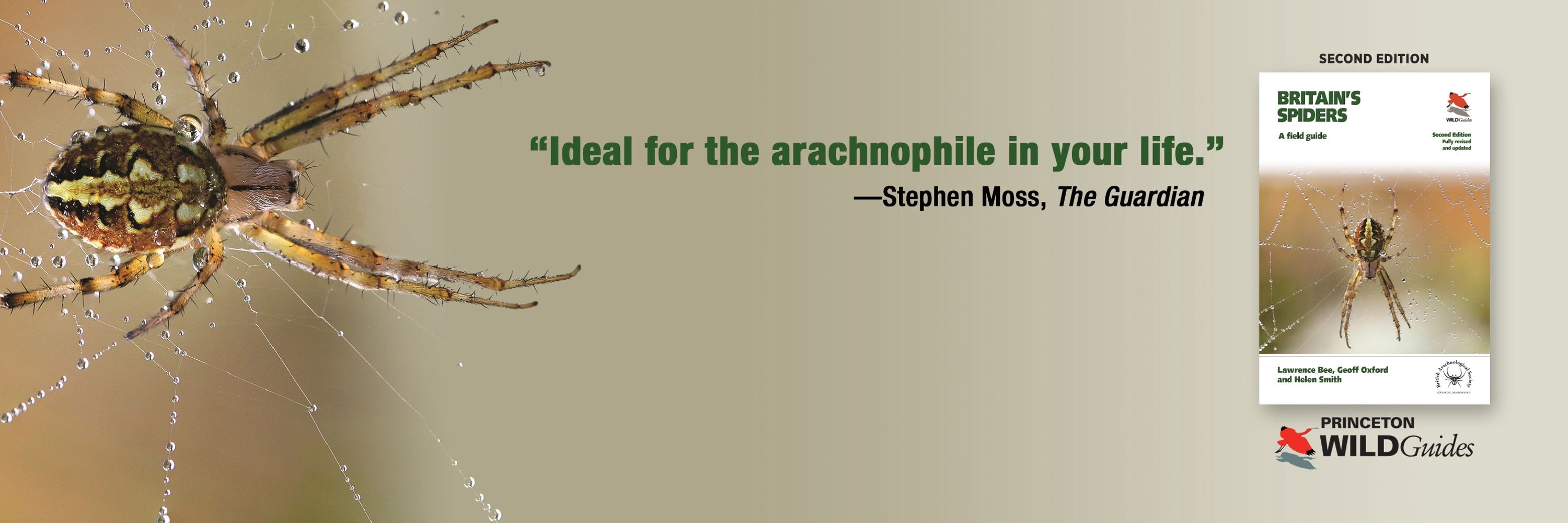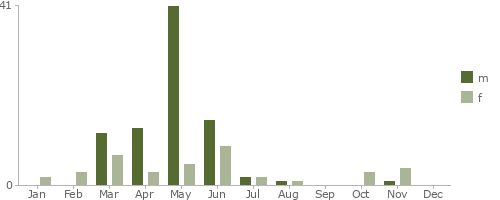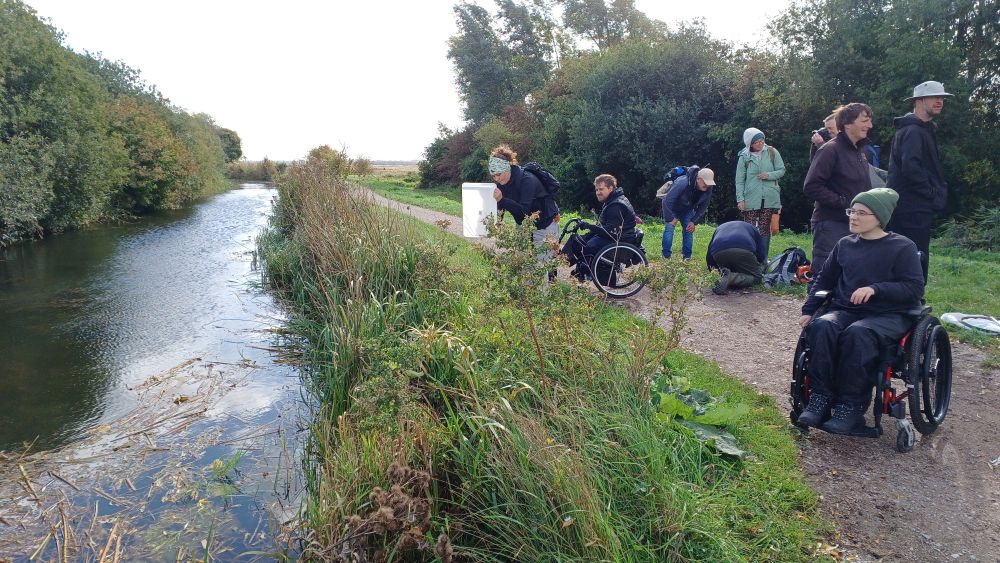
To ensure we have it, could you add it to iRecord using the spiders species group form 👇🏻

To ensure we have it, could you add it to iRecord using the spiders species group form 👇🏻














In southern parts of UK, species is so common that few bother to submit records and therefore believe it’s under-recorded

In southern parts of UK, species is so common that few bother to submit records and therefore believe it’s under-recorded



Widely available from all good bookshops and online suppliers.
This is the 2nd edition, which contains additional info and ‘keys’ compared to the 1st edn.

Widely available from all good bookshops and online suppliers.
This is the 2nd edition, which contains additional info and ‘keys’ compared to the 1st edn.













